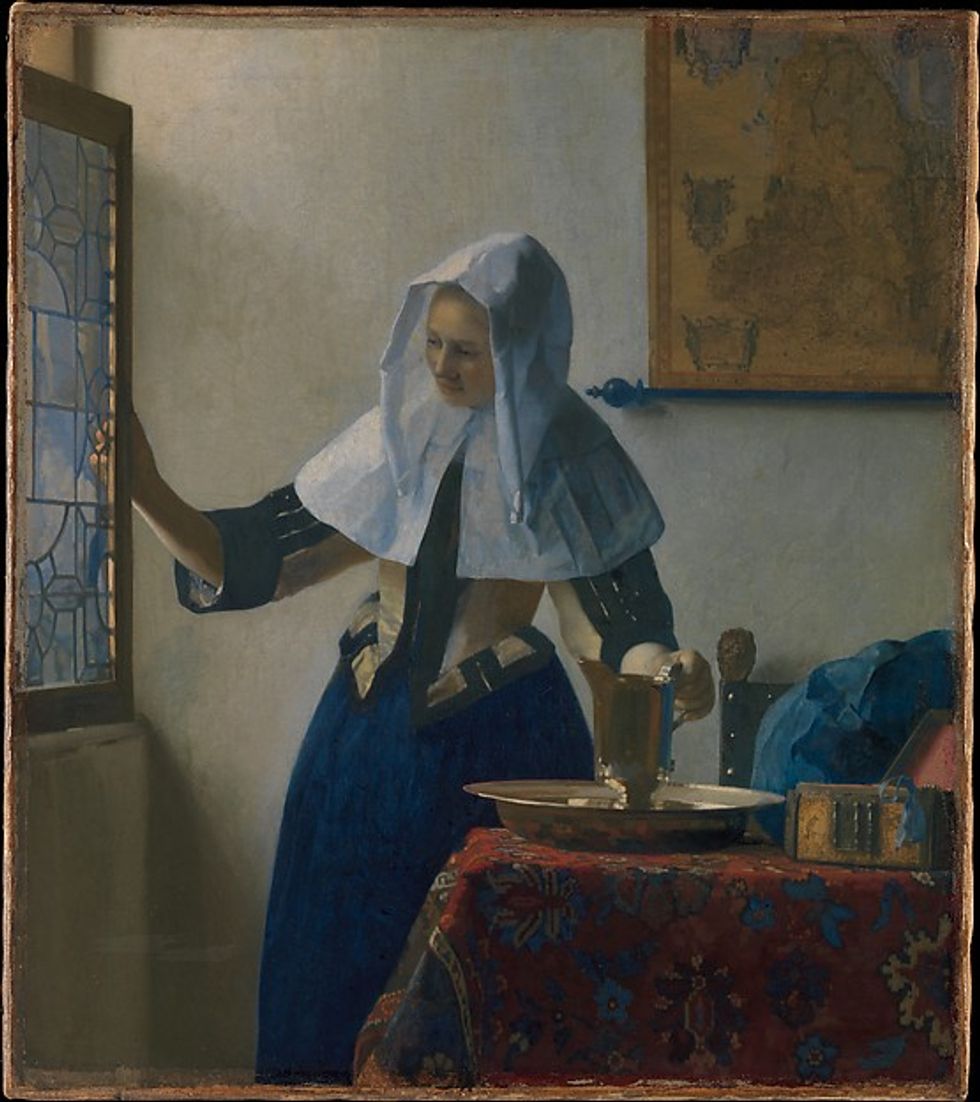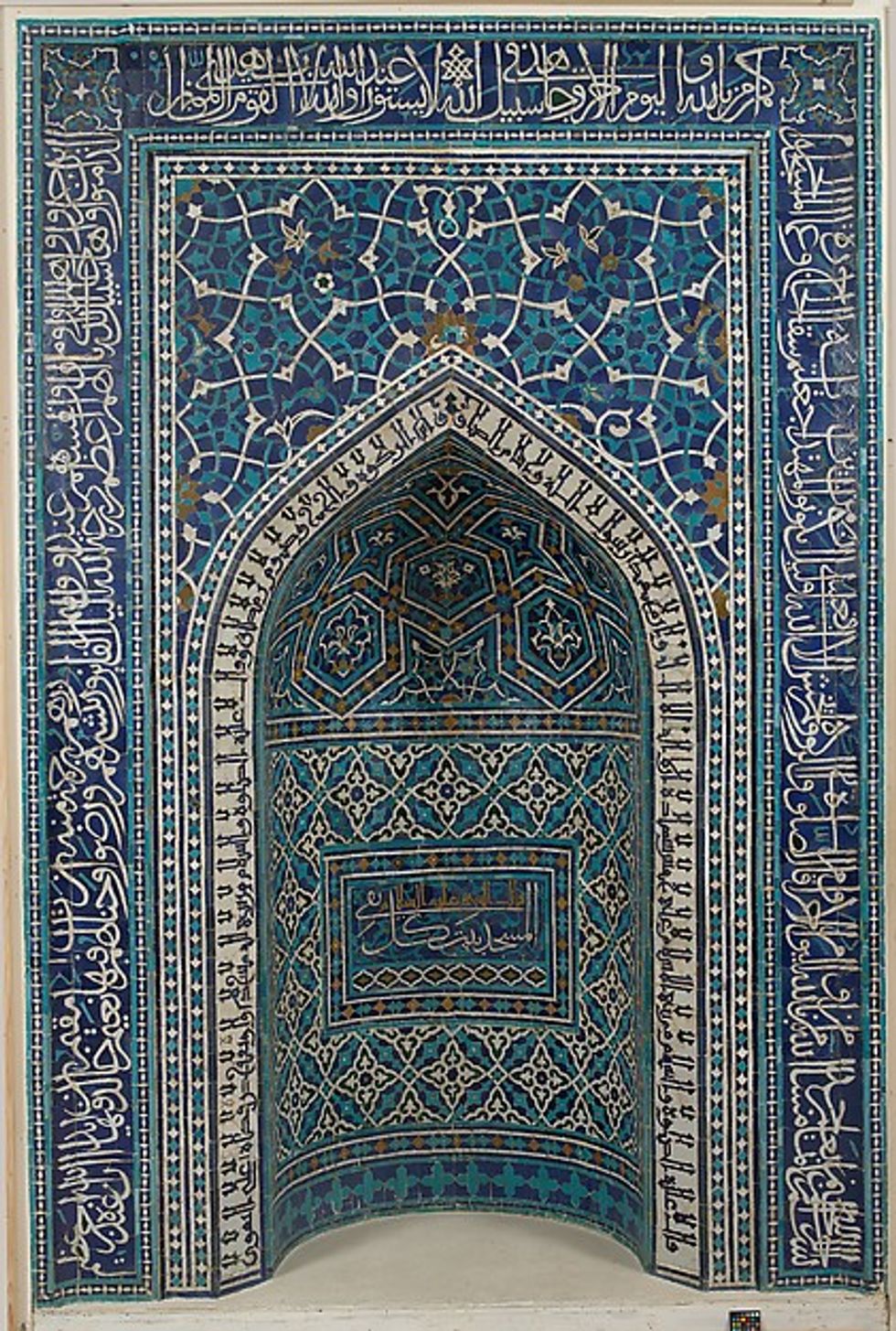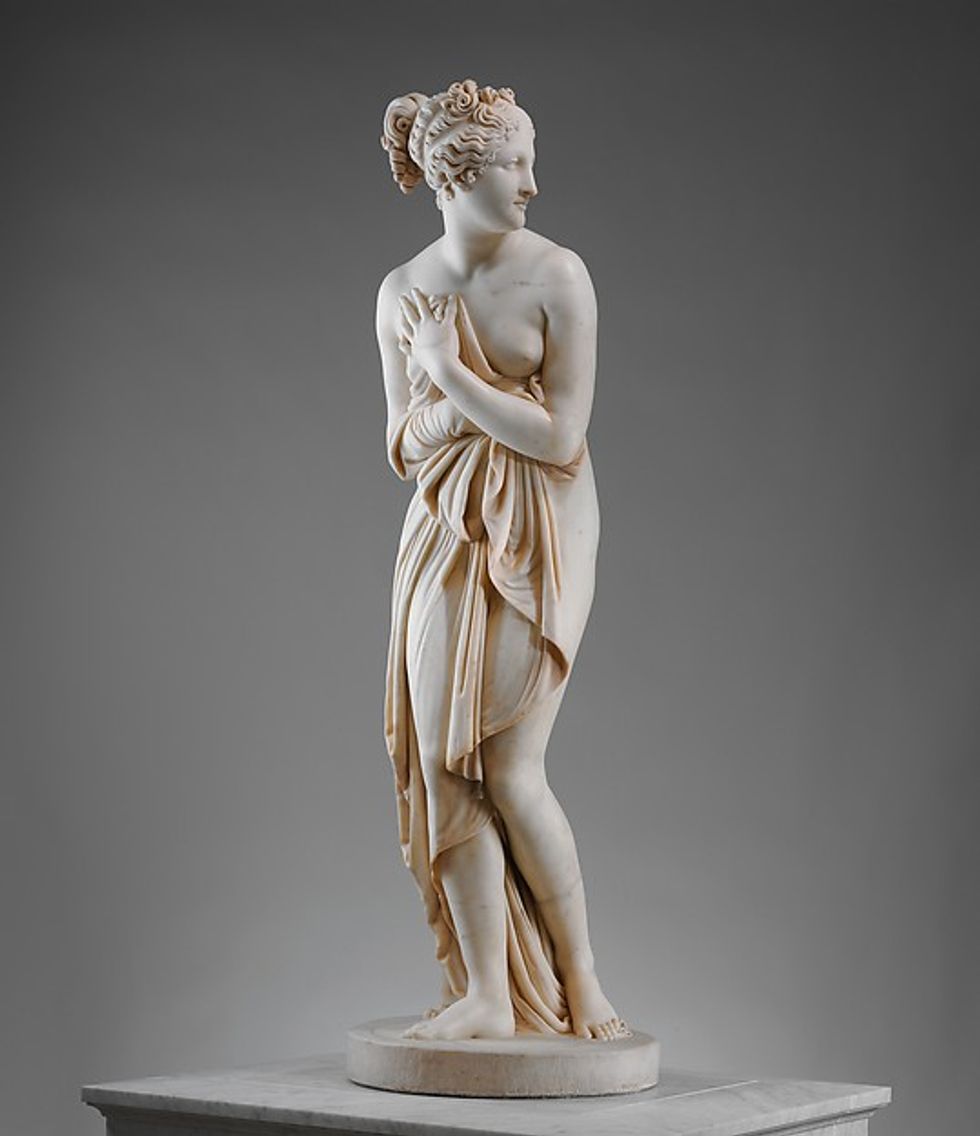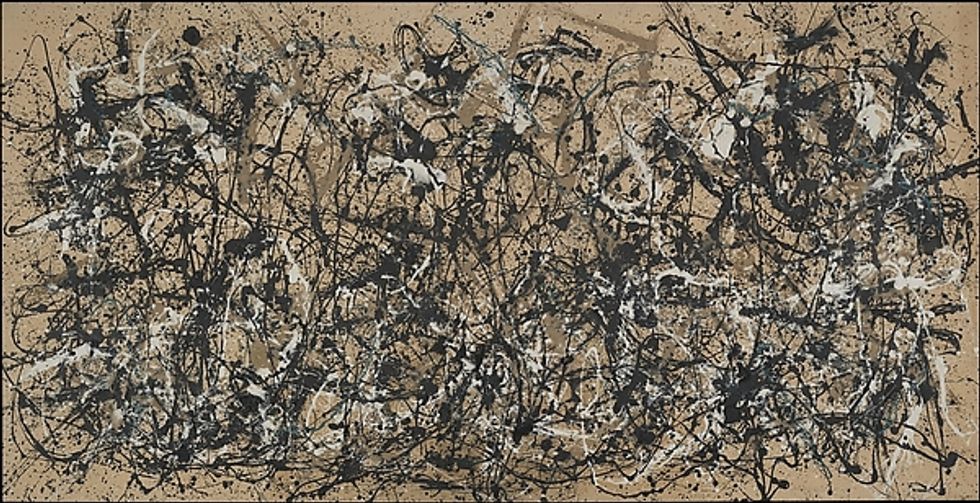Just a little shy east of Central Park lies a magnificent edifice, a.k.a. Mecca for us avid art lovers. One of a kind and truly the crown jewel of New York City, The Metropolitan Museum of Art houses more than two million works in its permanent collection, which spans beyond 6000 years of humanity. The museum, colloquially known as The Met, is a pilgrimage. Daunting and overwhelming are just a few understatements when you roam free in the corridors and galleries of its eclectic collections. Scared of pointless wanderings? Don’t worry - Here, I present you the easy Met guide with five must-see masterpieces so you can maneuver your way through the museum like a pro.
I. “Young Woman with a Water Pitcher”, ca. 1662, Johannes Vermeer
ON VIEW: The Vermeer Collection | Gallery 632
The Met holds five paintings by Johannes Vermeer, a whopping 14% of the Dutch artist’s 36 surviving pieces.
In this particular painting, Vermeer places the focus on the ideal Dutch woman in her ideal home. He renders the figure with translucent linen scarves and dress, emphasizing her elegance and tranquil mind. As the lady gazes upon the window, you can visualize Vermeer’s mastery in the play of light and dark. His strokes carry the light through the window glass and flare the flow of light across the room, reflecting the qualities of the silver-gilt pitcher.
II. “Washington Crossing the Delaware”, 1851, Emanuel Leutze
ON VIEW: American Paintings and Sculpture | Gallery 760
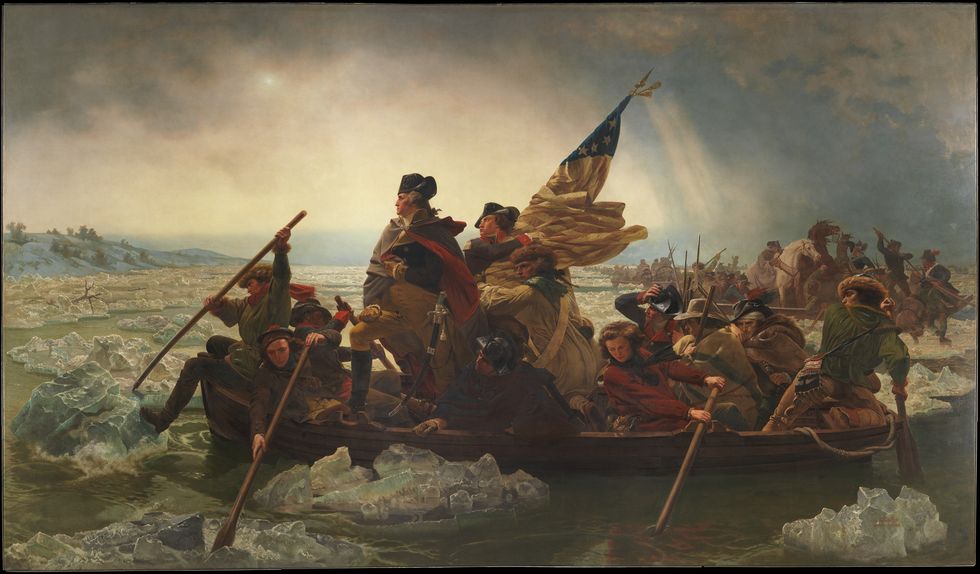
Conceivably the most iconic painting of American Art, Emanuel Leutze’s depiction of towering General Washington brings both tension and glory to this critical scene. Look for the disarray of soldiers alongside Washington, desperately keeping the boats afloat through deep rifts in the ice. While filled with a couple historical inaccuracies, Leutze nevertheless brings to life the patriotic spirit so unique to the moment.
III. “Mihrab (Prayer Niche)”, A.D. 1354-55
ON VIEW: Iran and Central Asia | Gallery 455
“The Prophet said: The mosque is the abode of every believer” – an inscription in this center of this prayer niche says it all. Originally set in a qibla wall facing Mecca, the mihrab served as the praying marker for devout Muslims to follow. This mihrab is filled with intricate tiles and calligraphies, creating a stark contrast between navy and white glazes. Note for the challenging architectural features – the rounded niche and the elaborate geometric patterns.
IV. “Venus Italica”, ca. 1822-23, Antonio Canova
ON VIEW: European Sculpture | Gallery 548
Antonio Canova’s marble replica of ancient Medici Venus is filled with sensuality and natural movements. Look out for the delicate draperies slipping off Venus’s body, which brings an evocative undertone to the flesh of her smooth and flawless skin. Canova, under a strong Neoclassical influence, renders Venus with life-like qualities, straying from his Greco-Roman predecessors.
V. “Autumn Rhythm (Number 30), 1950, Jackson Pollock
ON VIEW: Modern and Contemporary Art | Gallery 921
Considered by many critics Pollock’s greatest achievement, Autumn Rhythm is indicative of Pollock’s ingenious composition and balance. Pollock’s lyrical dripping of black, brown, white, and turquoise paint creates contrasting visual effects. The unparalleled technique of the Wyoming native’s spontaneity evokes the abstract visuals of nature. The tarnished color scheme, horizontal lines, and space all echo the landscapes we are familiar with in our everyday lives.
If you are ambitious enough to conquer even more stairs and gallery strolls, you should wander around the great entryway of the Met. Standing on the balcony, while watching unfamiliar faces from afar is in fact quite interesting. You will find eager footsteps clicking steadily on the marble floors, desperate for a transforming art experience just like yourself.


